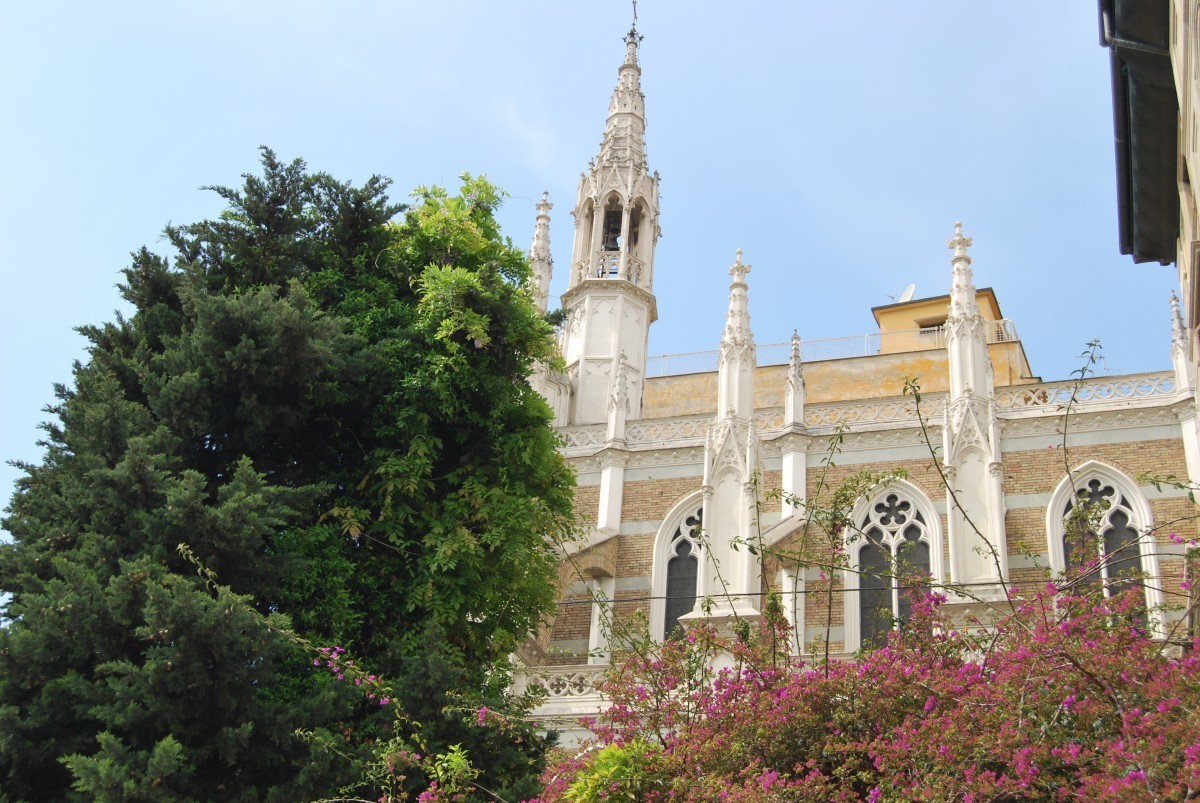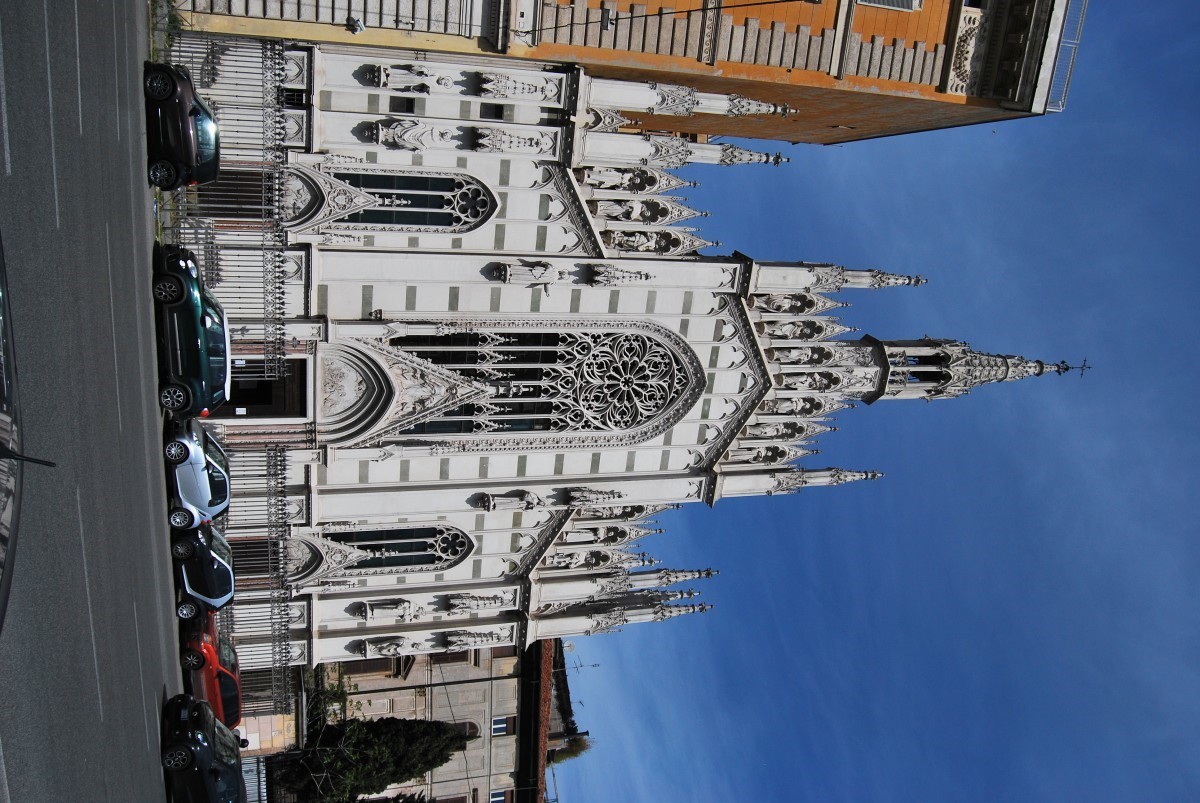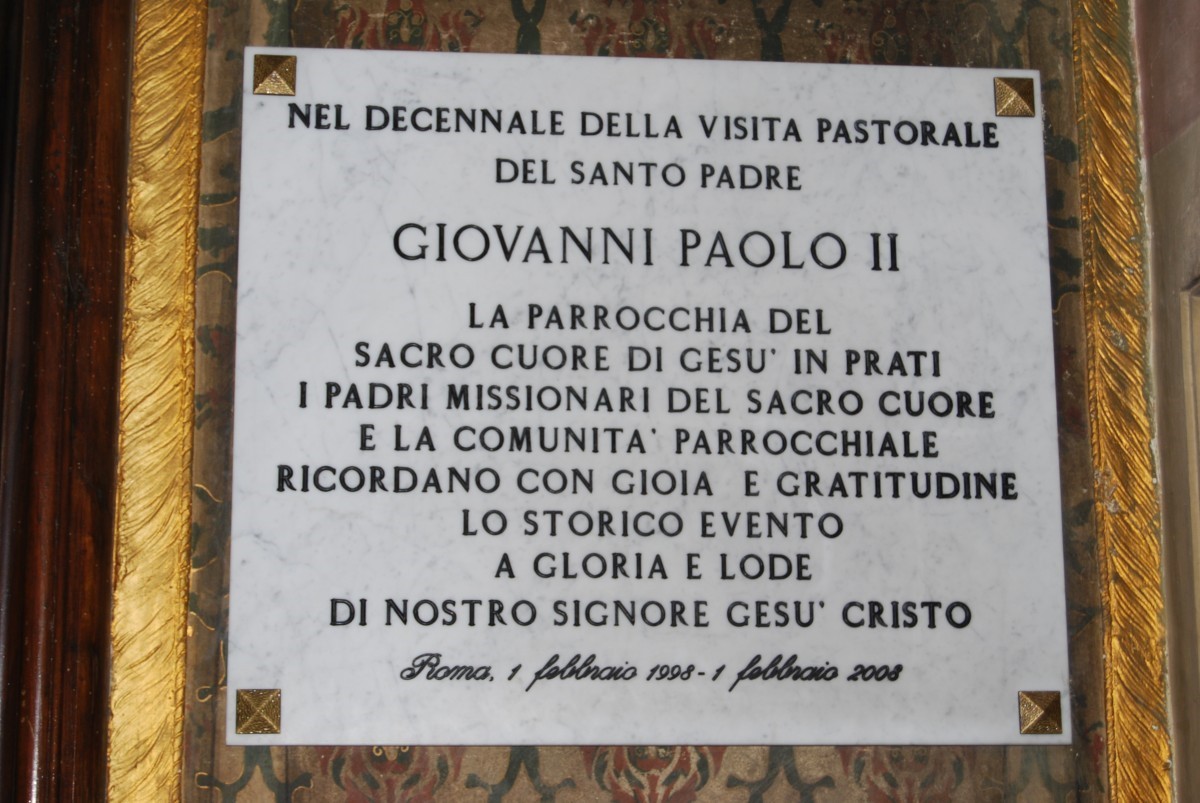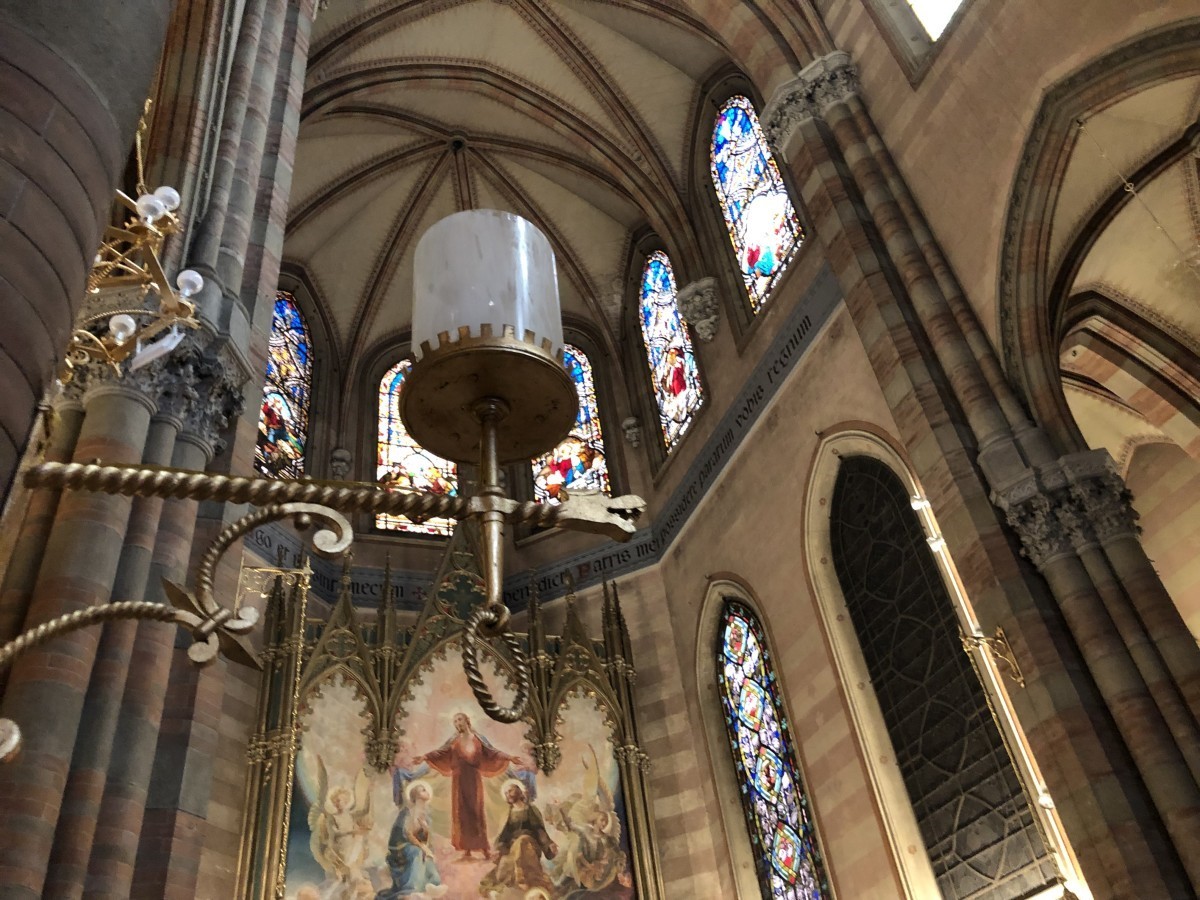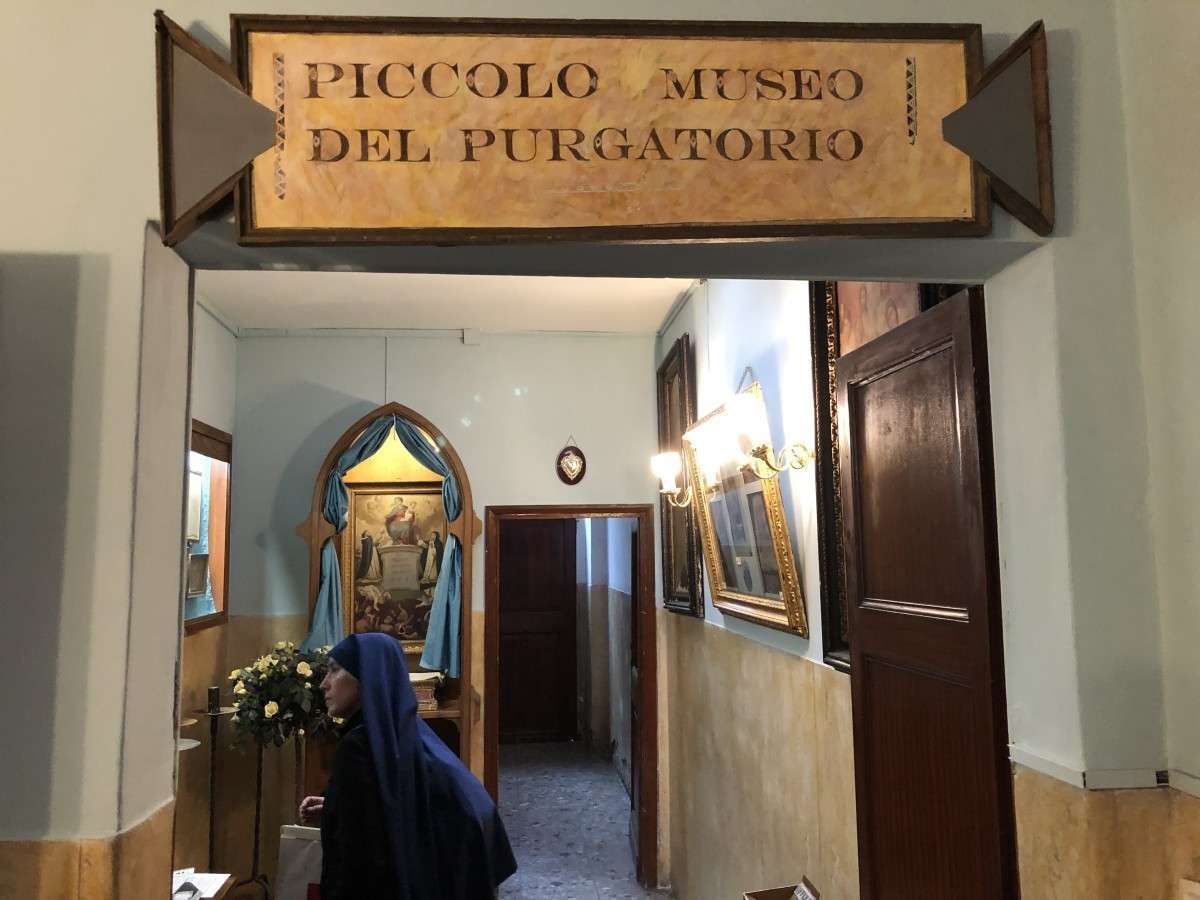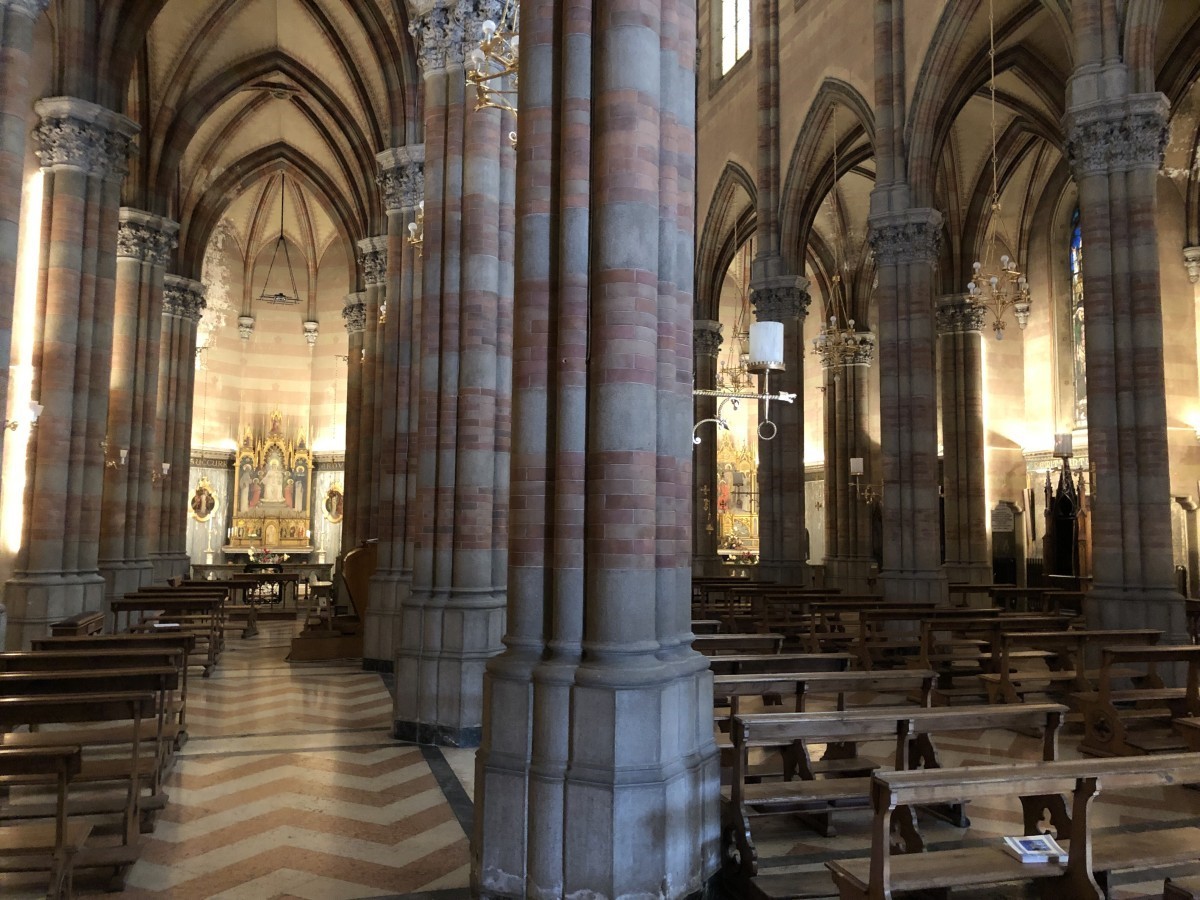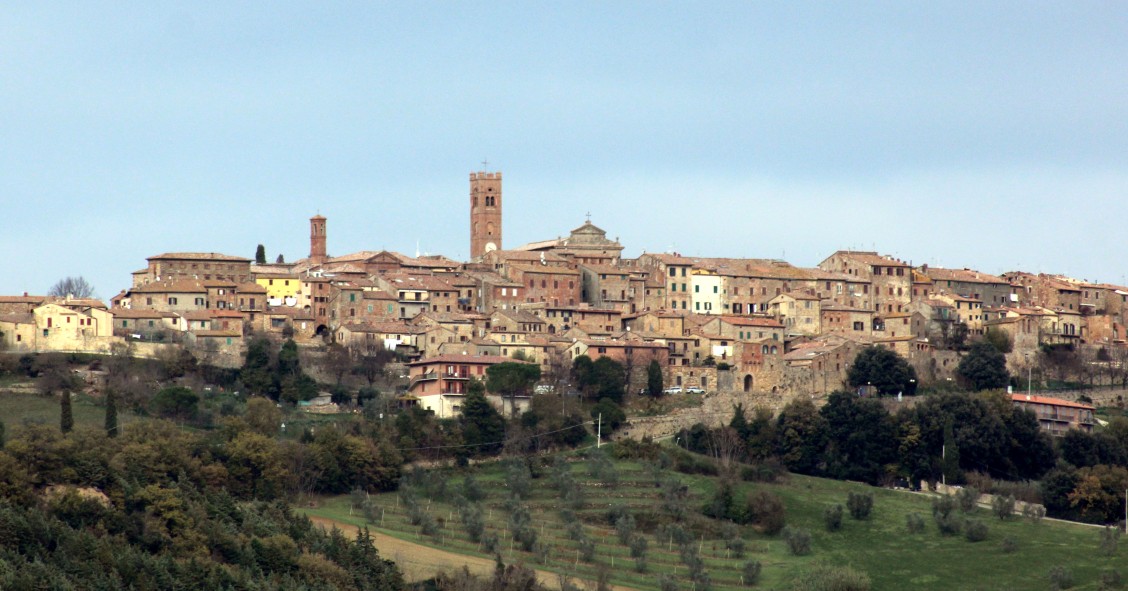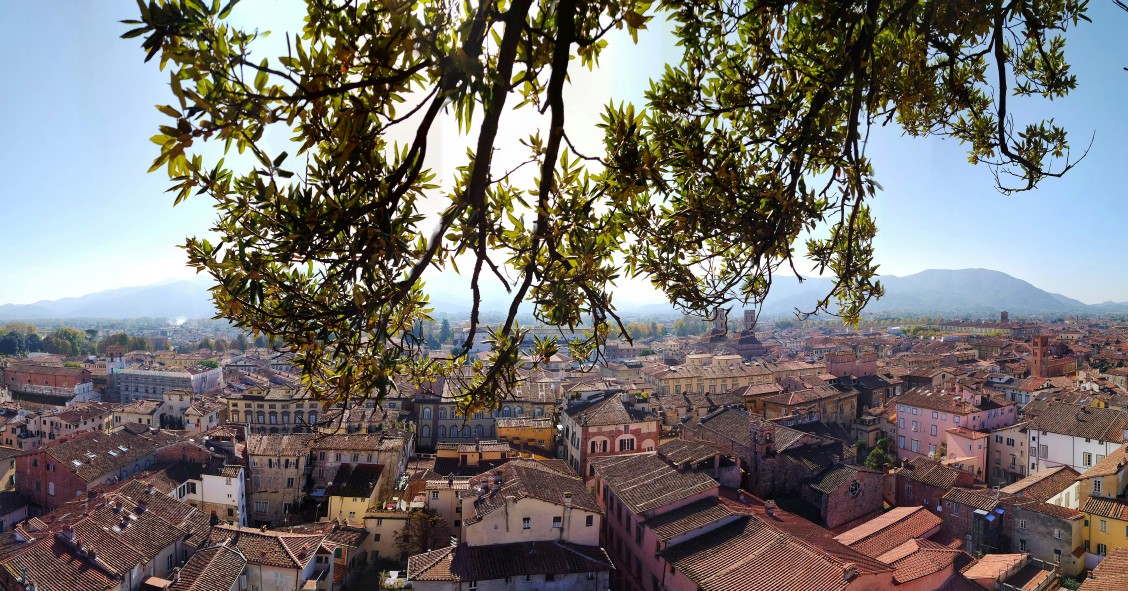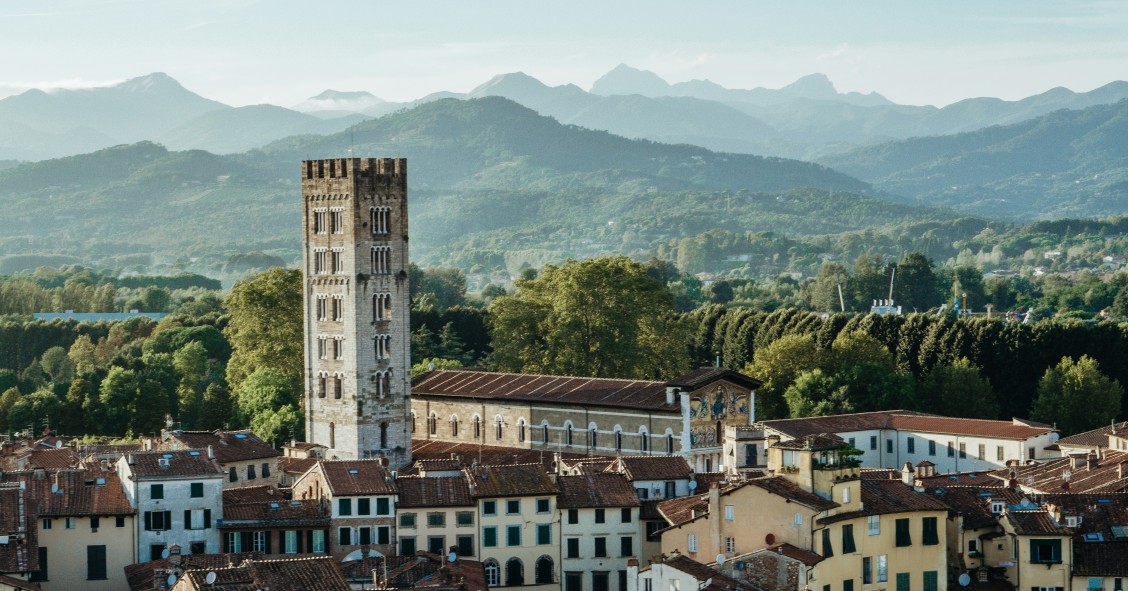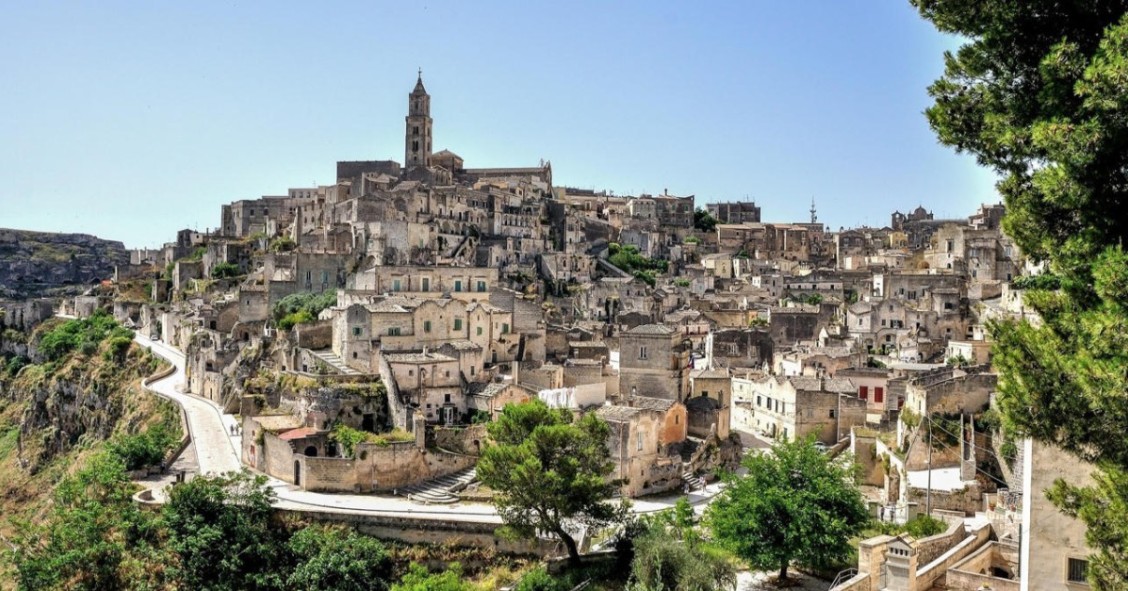
The Madonnina is not there. But otherwise, if you are in Rome and want to feel a little bit like you are in Milan, the place to be is the Church of the Sacred Heart of the Suffrage: a miniature Duomo, complete with an exterior façade full of pinnacles, taken and catapulted directly onto the Lungotevere.
The little neo-Gothic jewel seems to have just happened by chance, close as it is to the Umbertine architecture that designed the 'Palazzaccio' out of travertine, just a stone's throw from the medieval and Renaissance streets conceived for the grandeur of the Popes near the bend in the Tiber. Passing by, one cannot fail to be struck by the architectural dissonance from everything around it: and it is precisely because of this small and unexpected neo-Gothic work that, for everyone, this church is simply 'The Little Cathedral'.
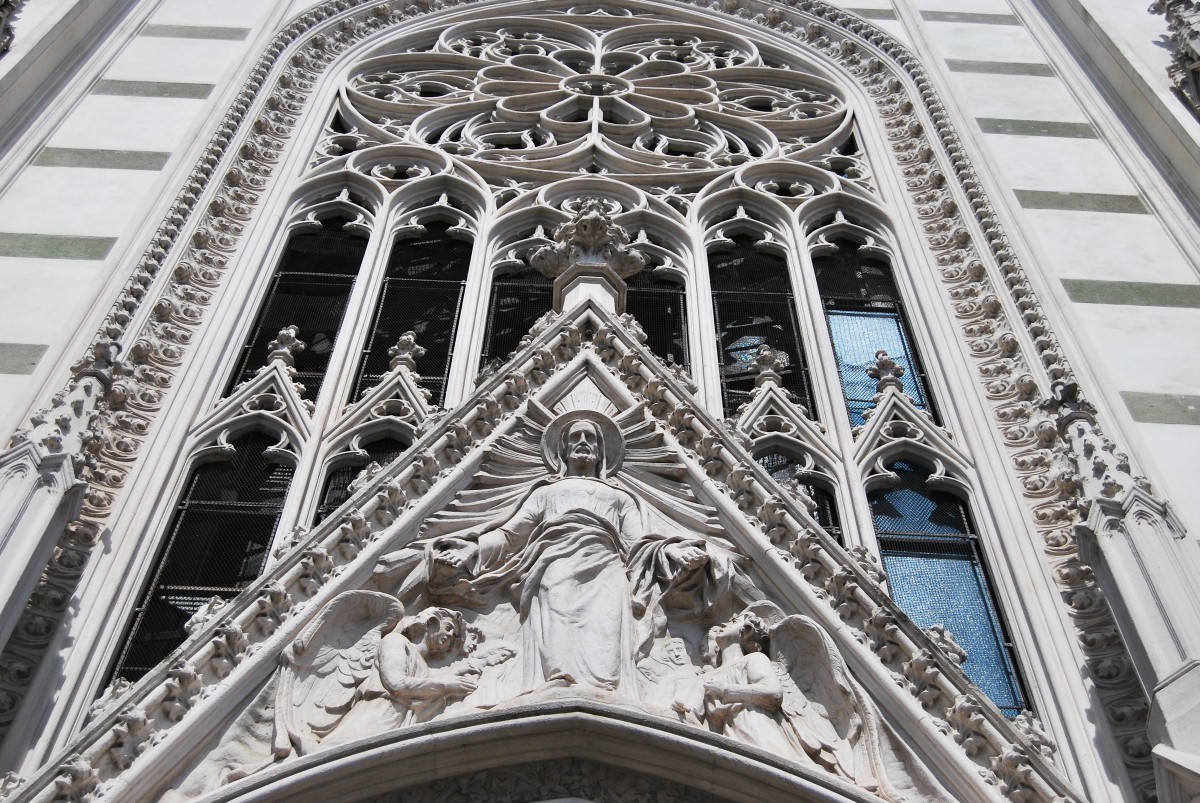
"A very interesting structure: I think it was deliberately put out of place, a bit like the Statue of Liberty on the Seine, in Paris," says writer Fulvio Abbate, who not by chance included this church in his 'Non-Conformist Guide to the City'. 'I mentioned it precisely because of this architectural oddity, let's say a divertissement, that induces the passer-by to suddenly find themself in front of such a structure in the midst of an umbertine context'.
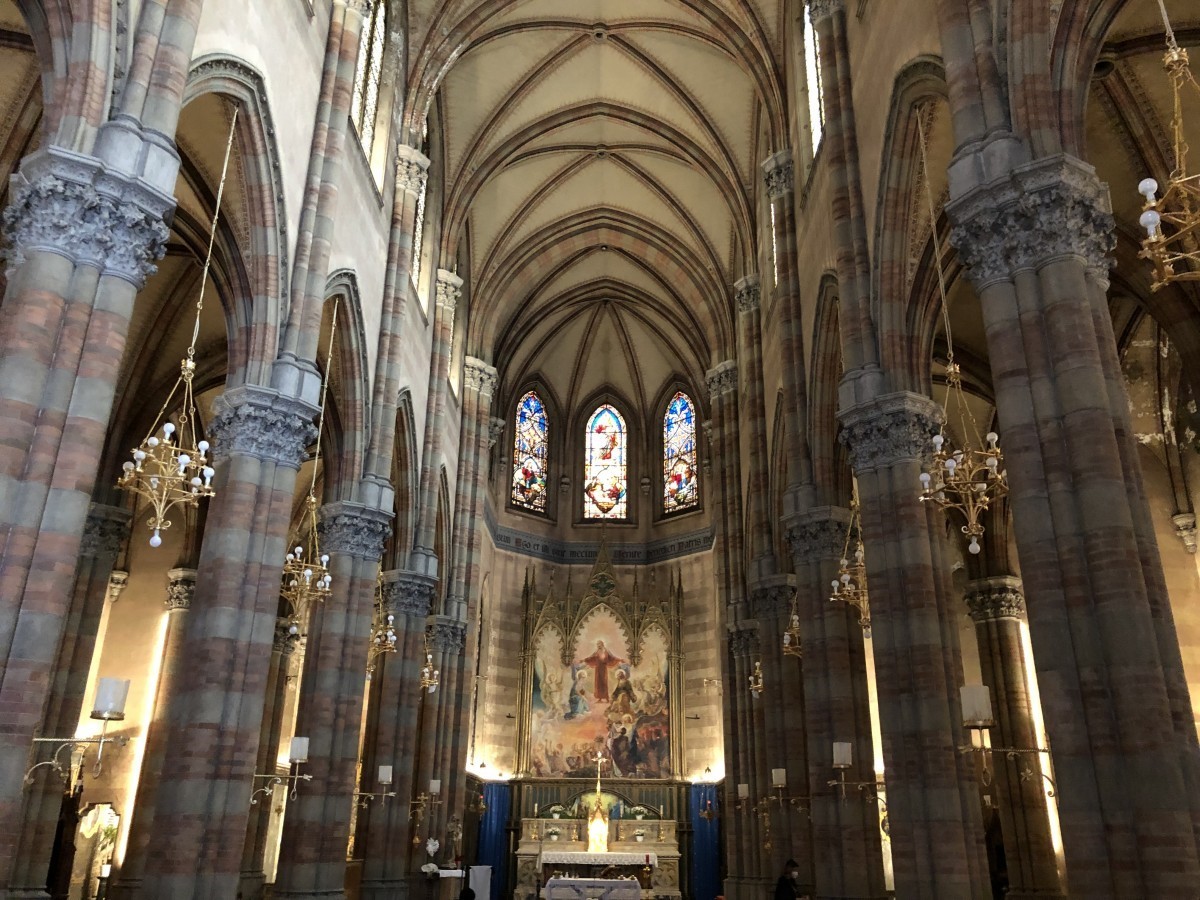
It seems to have been there forever like all the buildings that have sprung up around it (St Peter's Basilica, for example, is not even a kilometre away), and yet it was only built in 1908 to a design by the engineer Giuseppe Gualandi (known precisely for the neo-Gothic approach of his buildings). The church was then completed and opened to the public in 1917.
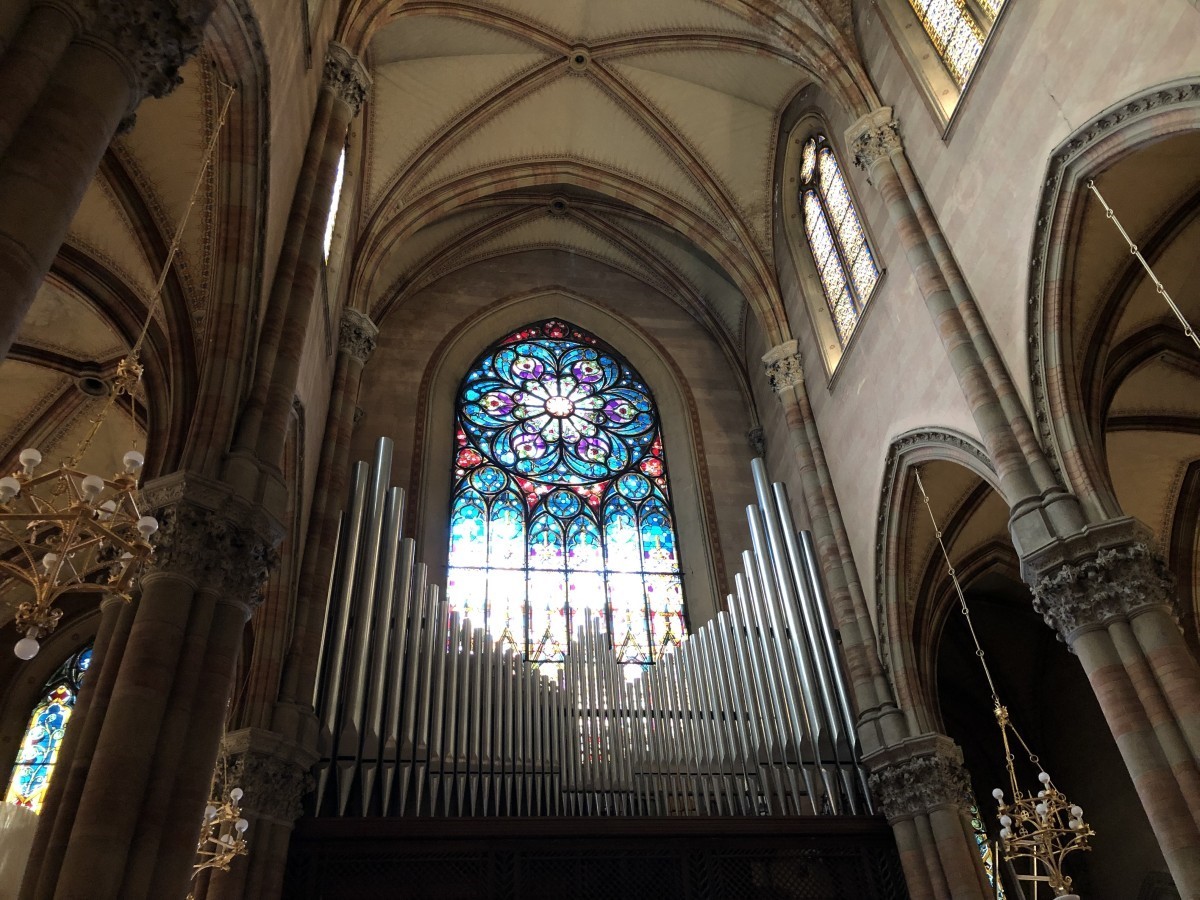
"When you pass by it suddenly appears and it's not even easy to stop and look at it (as the cars come out just a few metres away from a busy subway, ed). When the structure was built, Rome had a pedestrian dimension, but nowadays with cars it is really difficult to stop, and in many cases you are left with curiosity'.
According to Abbate, the church, which today basically functions as a parish church ("because in this city every block claims its own parish, as a matter of religious bell tower") also has something Fellini-esque about it, "the opening scene of the film '8 ½', by the famous Rimini director, when Marcello Mastroianni has the sensation of suffocating, was filmed right in the subway in front of it".
Everything seems to be made to amaze, in these parts: one glimpses the severe spires of the Church "and then a little further on one encounters the Palazzaccio, which with its pilasters and broken columns inspires awe" Abbate observes.

If every church is the gate to Paradise, this one is somehow an exception: in a room immediately adjacent to the sacristy is the small museum of Purgatory. It is an archive open to the public with testimonies that would document the afterlife manifestations of the deceased.

"The 'little cathedral' is visited, not least because the interior retains the premises of the neo-Gothic style as expressed by the spires and the nineteen statues of saints that raise the outer façade to the sky. The beautiful pipe organ is located on the counter-façade wall. Three high naves, with solemn pillars, groin and pointed arches and rose and stained-glass windows that filter a still, reverent light into the interior space.
A bit like in Milan. Except that when you leave here, instead of the square and the neo-Renaissance style of the Galleria Umberto I, you see the Tiber flowing placidly and sinuously to greet you.
